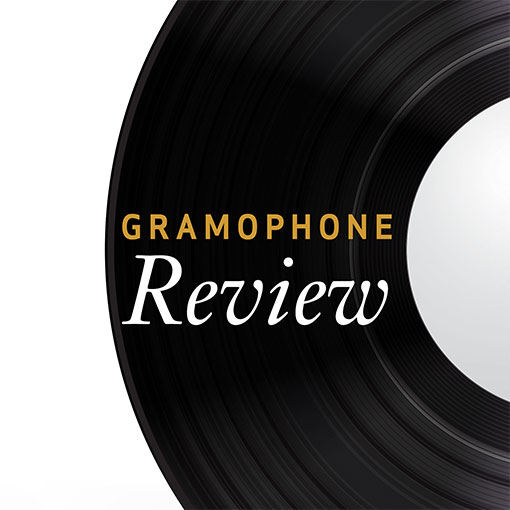LISZT A Dante Symphony, S109. Orpheus, S98
Period-instrument reappraisal of Liszt continues in France
View record and artist detailsRecord and Artist Details
Genre:
Orchestral
Magazine Review Date: 01/2013
Media Format: CD or Download
Media Runtime: 57
Mastering:
DDD
Catalogue Number: ASM07

Tracks:
| Composition | Artist Credit |
|---|---|
| (A) Dante Symphony |
Franz Liszt, Composer
François-Xavier Roth, Conductor Les Siècles Maîtrise de Caen |
| Orpheus |
Franz Liszt, Composer
François-Xavier Roth, Conductor Les Siècles |
Author: Rob Cowan
As to choices, Haselböck’s offers an autumnal-sounding, well-integrated performance, convincingly conducted, well played and revealingly recorded, while Roth’s Les Siècles option (recorded live, though you’d never guess) displays clearer contours and at times a more palpable sense of drama. Both do Liszt proud and both feature excellent fill-ups, Roth a warmly recorded and lyrically flowing account of the tone-poem Orpheus (which plays for 10'51", not 14'41" as stated on the box), Haselböck the far rarer A la Chapelle Sixtine, a melding of Allegri’s Miserere and the late Ave verum corpus by Mozart. Either CD will do nicely but the explorer in me would tend to choose Haselböck as the period recommendation; if modern instruments are an essential prerequisite and you want a single CD, then Noseda, Barenboim and, if you can find him, Lehel on Hungaroton.
Discover the world's largest classical music catalogue with Presto Music.

Gramophone Digital Club
- Digital Edition
- Digital Archive
- Reviews Database
- Full website access
From £8.75 / month
Subscribe
Gramophone Full Club
- Print Edition
- Digital Edition
- Digital Archive
- Reviews Database
- Full website access
From £11.00 / month
Subscribe
If you are a library, university or other organisation that would be interested in an institutional subscription to Gramophone please click here for further information.





